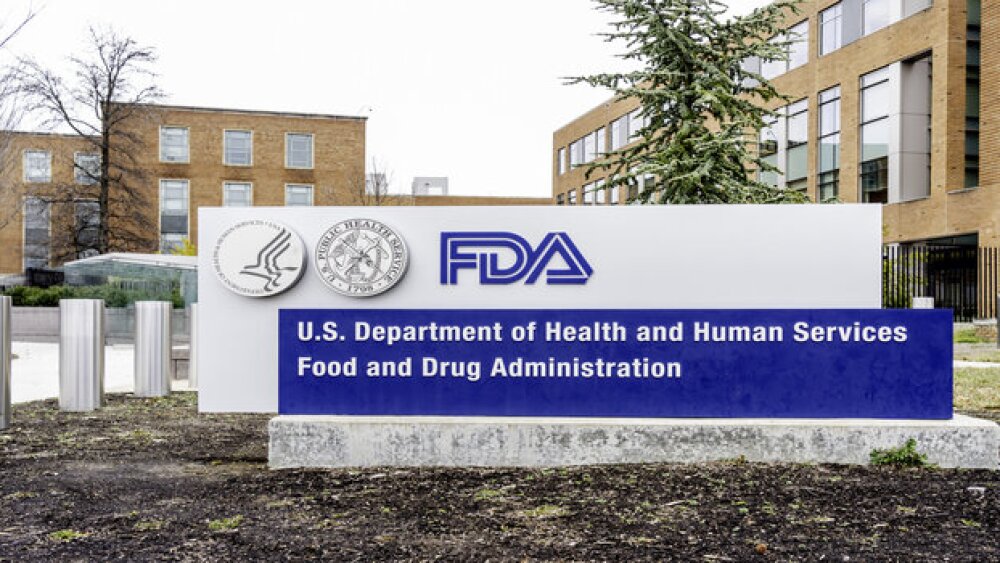VANCOUVER, Sept. 25 /CNW/ - Angiotech Pharmaceuticals, Inc. (NASDAQ: ANPI, TSX: ANP) announced that its corporate partner, Boston Scientific Corporation (NYSE: BSX - News), has released three-year follow-up data from the HORIZONS-AMI trial. The trial, sponsored by the Cardiovascular Research Foundation (CRF) with grant support from Boston Scientific and The Medicines Company (NASDAQ: MDCO - News), is designed to determine the safety and efficacy of the TAXUS(R) Express(2)(TM) Paclitaxel-Eluting Coronary Stent System compared to bare-metal stenting in patients experiencing an acute myocardial infarction (AMI), or heart attack. With 3,006 patients enrolled worldwide, HORIZONS-AMI is the largest randomized trial to compare the use of drug-eluting stents to bare-metal stents for AMI patients. Analysis of the data was presented by Gregg W. Stone, M.D., Professor of Medicine and the Director of Research and Education at the Center for Interventional Vascular Therapy at the Columbia University Medical Center/New York-Presbyterian Hospital and Principal Investigator of the trial, at CRF's annual Transcatheter Cardiovascular Therapeutics scientific symposium in Washington, D.C.
"Follow-up data from the HORIZONS-AMI trial continue to show that, in patients with AMI, paclitaxel-eluting stents were superior in efficacy to bare-metal stents and had a comparable safety profile," said Dr. Stone. "Significant reductions in measures of re-intervention at three years were observed with no evidence of late catch-up."
HORIZONS-AMI demonstrated that the TAXUS Express Stent significantly reduced clinical and angiographic restenosis compared to an otherwise identical bare-metal Express(R) control stent. After three years follow-up, the primary efficacy endpoint of ischemia-driven target lesion revascularization (TLR) was 9.4 percent for patients treated with TAXUS Express vs. 15.1 percent for bare-metal Express (p(less than)0.001), a relative reduction of 40 percent. The secondary efficacy endpoint of ischemia-driven target vessel revascularization (TVR) was 12.4 percent for TAXUS Express vs. 17.6 percent for bare-metal Express (p(less than)0.001), a relative reduction of 32 percent.
The primary safety endpoint of major adverse cardiac events (MACE) at three years was comparable for TAXUS Express and bare-metal Express patients (13.6 percent vs. 12.9 percent, respectively, p=0.66), which is consistent with findings at one and two years. Individual rates of death, repeat heart attack, stroke and stent thrombosis between the two groups through three years of follow-up were also comparable.
"Results from the HORIZONS-AMI trial continue to show the impressive benefits of paclitaxel-eluting stent technology in this important high-risk AMI patient population," said Keith D. Dawkins, M.D., Senior Vice President and Chief Medical Officer for Boston Scientific's Cardiology, Rhythm and Vascular Group. "Boston Scientific continues to support large clinical trials that provide the medical community data that can be used in combination with broader clinical judgment to develop optimal treatment strategies for challenging patient subsets."
The TAXUS Express Stent and the Express Stent are not specifically indicated by the U.S. Food and Drug Administration for use in patients with AMI.
Forward-Looking Statements
Statements contained in this press release that are not based on
historical fact, including without limitation statements containing the words
"believes," "may," "plans," "will," "estimates," "continues," "anticipates,"
"intends," "expects" and similar expressions, constitute "forward-looking
statements" within the meaning of the Private Securities Litigation Reform Act
of 1995 and constitute "forward-looking information" within the meaning of
applicable Canadian securities laws. All such statements are made pursuant to
the "safe harbor" provisions of applicable securities legislation.
Forward-looking statements may involve, but are not limited to, comments with
respect to our objectives and priorities for the remainder of 2010 and beyond,
our strategies or future actions, our targets, expectations for our financial
condition and the results of, or outlook for, our operations, research and
development and product and drug development. Such forward-looking statements
involve known and unknown risks, uncertainties and other factors that may
cause the actual results, events or developments to be materially different
from any future results, events or developments expressed or implied by such
forward-looking statements. Many such known risks, uncertainties and other
factors are taken into account as part of our assumptions underlying these
forward-looking statements and include, among others, the following: general
economic and business conditions in the United States, Canada and the other
regions in which we operate; market demand; technological changes that could
impact our existing products or our ability to develop and commercialize
future products; competition; existing governmental legislation and
regulations and changes in, or the failure to comply with, governmental
legislation and regulations; availability of financial reimbursement coverage
from governmental and third-party payers for products and related treatments;
adverse results or unexpected delays in pre-clinical and clinical product
development processes; adverse findings related to the safety and/or efficacy
of our products or products sold by our partners; decisions, and the timing of
decisions, made by health regulatory agencies regarding approval of our
technology and products; the requirement for substantial funding to conduct
research and development, to expand manufacturing and commercialization
activities; and any other factors that may affect our performance. In
addition, our business is subject to certain operating risks that may cause
any results expressed or implied by the forward-looking statements in this
press release to differ materially from our actual results. These operating
risks include: our ability to attract and retain qualified personnel; our
ability to successfully complete pre-clinical and clinical development of our
products; changes in our business strategy or development plans; our failure
to obtain patent protection for discoveries; loss of patent protection
resulting from third-party challenges to our patents; commercialization
limitations imposed by patents owned or controlled by third parties; our
ability to obtain rights to technology from licensors; liability for patent
claims and other claims asserted against us; our ability to obtain and enforce
timely patent and other intellectual property protection for our technology
and products; the ability to enter into, and to maintain, corporate alliances
relating to the development and commercialization of our technology and
products; market acceptance of our technology and products; our ability to
successfully manufacture, market and sell our products; the availability of
capital to finance our activities; our ability to restructure and to service
our debt obligations; and any other factors referenced in our other filings
with the applicable Canadian securities regulatory authorities or the
Securities and Exchange Commission ("SEC"). For a more thorough discussion of
the risks associated with our business, see the "Risk Factors" section in our
annual report for the year ended December 31, 2009 filed with the SEC on Form
10-K, as amended, and our quarterly report for the second quarter of 2010
filed with the SEC on Form 10-Q.
Given these uncertainties, assumptions and risk factors, investors are cautioned not to place undue reliance on such forward-looking statements. Except as required by law, we disclaim any obligation to update any such factors or to publicly announce the result of any revisions to any of the forward-looking statements contained in this press release to reflect future results, events or developments.




